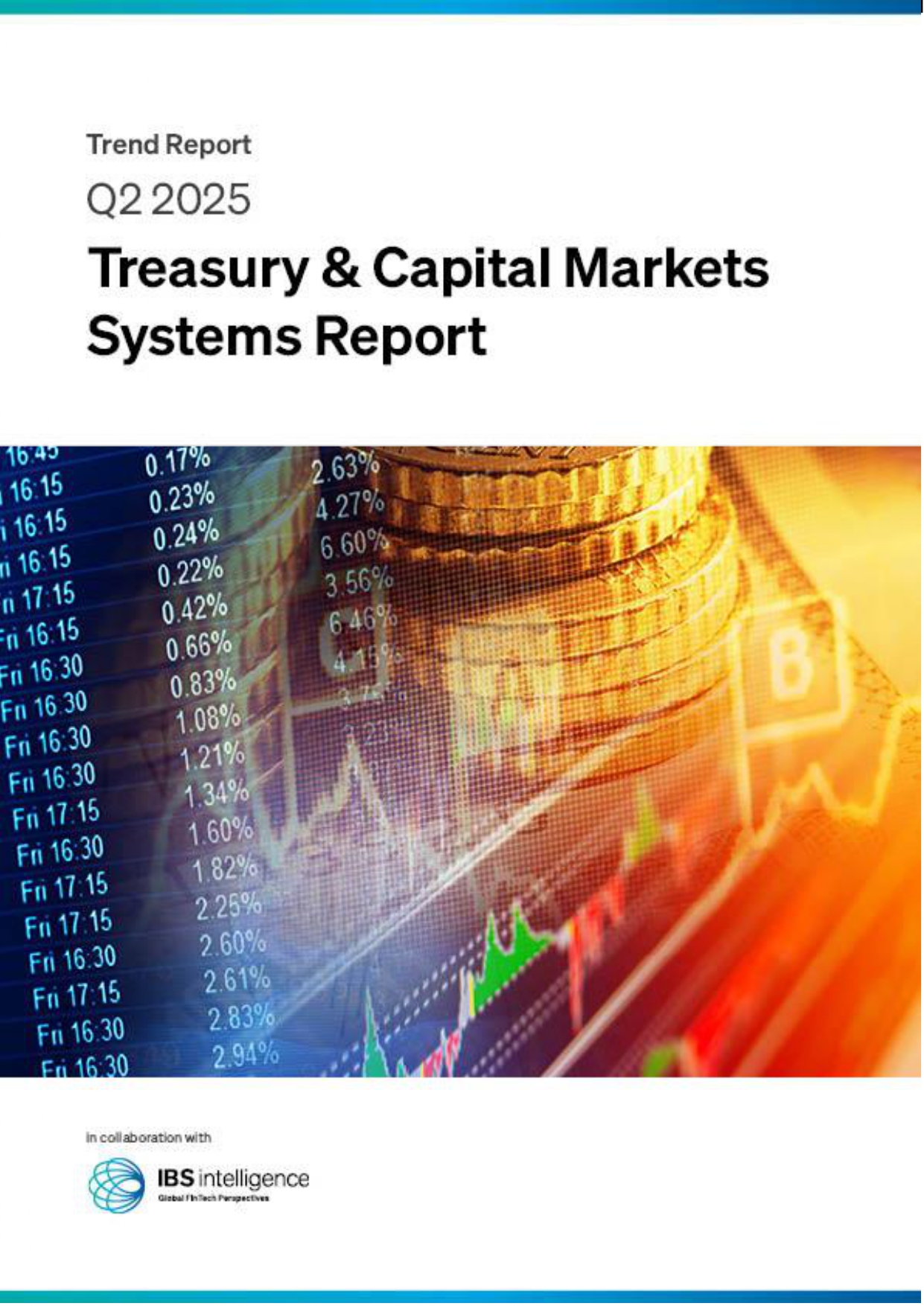 Back
Back
How Open Banking is transforming the financial world

By Niv Liran, Chief Product and Technology Officer at Unzer
More than just a technological advancement, open banking is a catalyst for systemic change in the financial sector. But can open banking also transform the payment landscape?
Open banking is one of those terms that sounds deceptively simple. At first glance, it seems to refer to a type of banking where data is opened up to third parties. This is true, but not enough.
At its core, open banking is based on the use of open application programming interfaces (APIs). These APIs enable the seamless exchange of data between banks, FinTechs and other participants. This is sometimes referred to as “APIsed finance”: by opening up APIs, banks, FinTechs and other players can collaborate more efficiently, drive innovation and create new services that benefit consumers.
However, APIs alone do not define open banking. The real value comes from the integration of data, cloud-based services and a more open, collaborative landscape that includes not just banks but many other players. Open banking, therefore, also represents a move away from vertical silos and legacy infrastructures.
At the same time, financial information can be shared securely between banks and third parties, opening up new opportunities for personalised offerings. The data-driven approach thus shifts the focus from siloed information to a decentralised system that puts the customer (rather than the bank) at the centre.
But what does this mean for the payments landscape? Can open banking replace traditional payment methods such as credit cards, or is a co-existence more likely? Let’s take a closer look.
Credit card transactions are currently handled by a traditional four-party model dominated by networks such as Visa and Mastercard. These networks manage the channels that connect banks to customers, with multiple intermediaries involved in each transaction.
The traditional credit card system is based on a four-party model in which intermediaries such as Visa and Mastercard dominate the rails that connect banks to customers. In a typical credit card transaction, the payment network identifies the correct payment network, authorises the customer’s payment and forwards the transaction to both the customer’s bank and the merchant’s bank for approval.
Open Banking disrupts this model by allowing merchants to initiate payments directly from the customer’s bank account, bypassing the card networks. The result is a simplified process where customers can select ‘Pay by Bank’, authenticate the transaction through their banking app and authorise the payment. This streamlined process reduces costs for merchants and removes some of the friction associated with card payments.
So, there is a strong case for open banking payments. However, it is unlikely that open banking will completely replace credit cards in the near future. It is more likely that the two payment methods will co-exist. While open banking offers advantages in terms of cost, security and user experience, credit cards still offer unique benefits such as access to credit, rewards programmes and widespread acceptance in a global market.
Over time, there could be a gradual fit, with open banking taking a more significant share of payments in specific contexts, such as eCommerce, while credit cards continue to be used for other purposes.
Will open banking replace direct debits?
One of the most promising use cases for open banking is variable recurring payments (also known as VRPs). These payments allow account holders to authorise service providers to make regular payments on their behalf – similar to direct debits. The mechanism is, therefore, identical to direct debits but based on Open Banking principles.
VRPs are a reliable or even better alternative to direct debit or card payments for several reasons. They offer a high level of security, as transactions are authenticated via secure APIs without exposing sensitive information. They are real-time and irrevocable, reducing risk for merchants. They also minimise mis-entries or fraud, as customer consent is required for each transaction.
Will VRPs replace direct debits?
They certainly have the potential to do so. After all, many of our daily payments are recurring payments, such as streaming services, gym memberships and bill payments. The big opportunity for VRPs is to replace all of these with a more reliable and flexible solution that saves time and money while giving consumers more control.
However, the truth is that variable recurring payments are not yet available in the European Union. It is therefore likely that their adoption will follow a slow growth curve, depending on both consumers and merchants being educated about the benefits and competitive pricing strategies.
Following the discontinuation of Giropay and Sofortüberweisung as standalone payment methods (now part of the Klarna app), customers and merchants in some parts of Europe are looking for alternatives. Both Giropay and Sofortüberweisung allowed users to make payments directly from their bank account.
Open Banking now opens up new possibilities for secure and direct online payments. With Open Banking, authorised third parties can access bank accounts via standardised APIs without customers having to disclose their credentials. This offers the same functionality as instant transfers or Giropay but with improved security and customer control.
Open banking is likely to get a boost from this, especially in combination with the Single Euro Payments Area regulation. This regulation, which will come into force in April 2024, requires banks to create all the necessary conditions for real-time payments in the eurozone within the next 18 months. Taken together, real-time payments and open banking could become a new standard in the EU and become firmly established.
IBSi News

July 14, 2025
alternative payment methods
The Monday Roundup: what we are watching this week | July 14th
Read MoreGet the IBSi FinTech Journal India Edition
- Insightful Financial Technology News Analysis
- Leadership Interviews from the Indian FinTech Ecosystem
- Expert Perspectives from the Executive Team
- Snapshots of Industry Deals, Events & Insights
- An India FinTech Case Study
- Monthly issues of the iconic global IBSi FinTech Journal
- Attend a webinar hosted by the magazine once during your subscription period
₹200 ₹99*/month
* Discounted Offer for a Limited Period on a 12-month Subscription
IBSi FinTech Journal
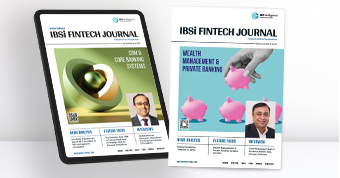
- Most trusted FinTech journal since 1991
- Digital monthly issue
- 60+ pages of research, analysis, interviews, opinions, and rankings
- Global coverage
Other Related Blogs
Related Reports

Sales League Table Report 2025
Know More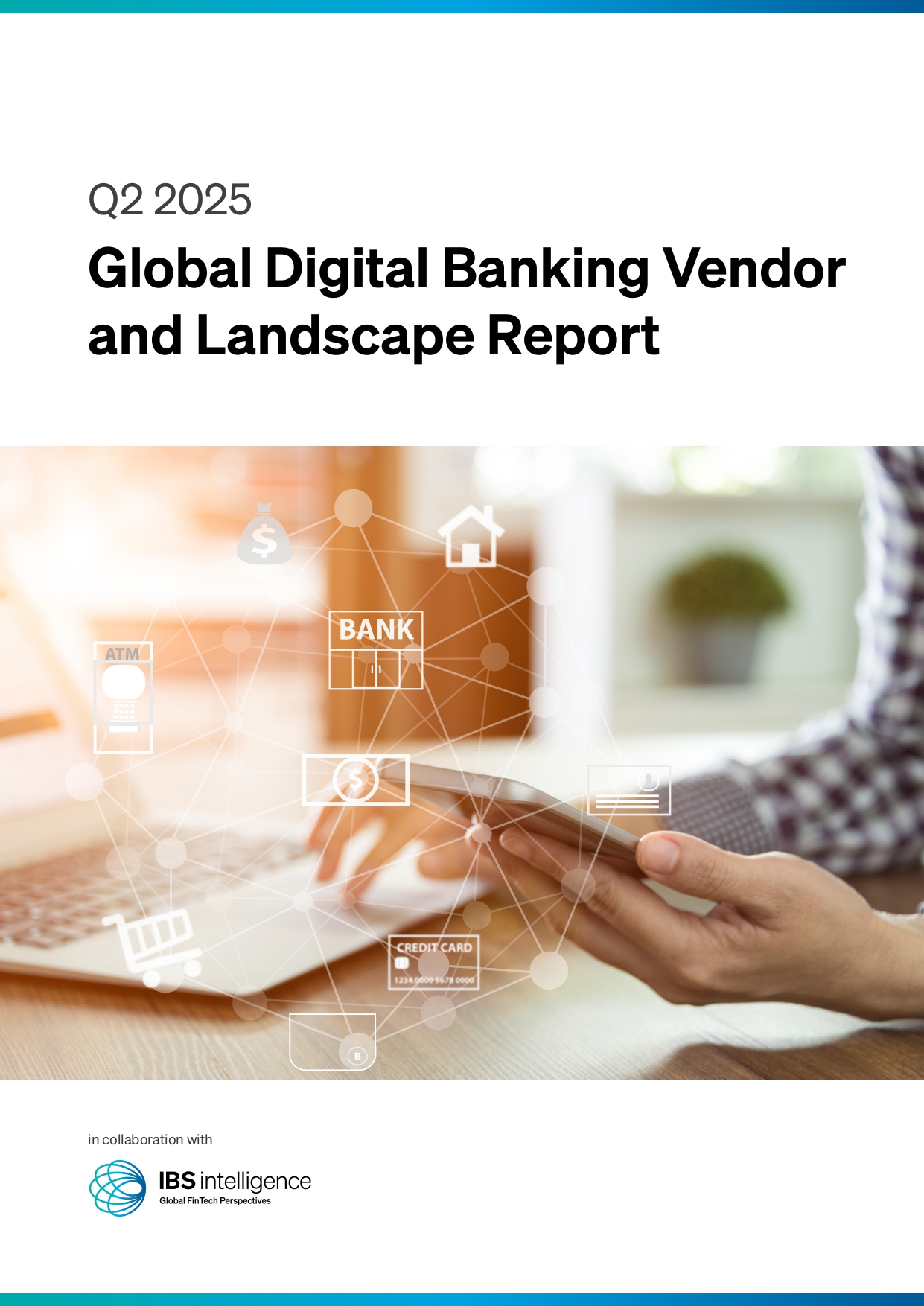
Global Digital Banking Vendor & Landscape Report Q2 2025
Know More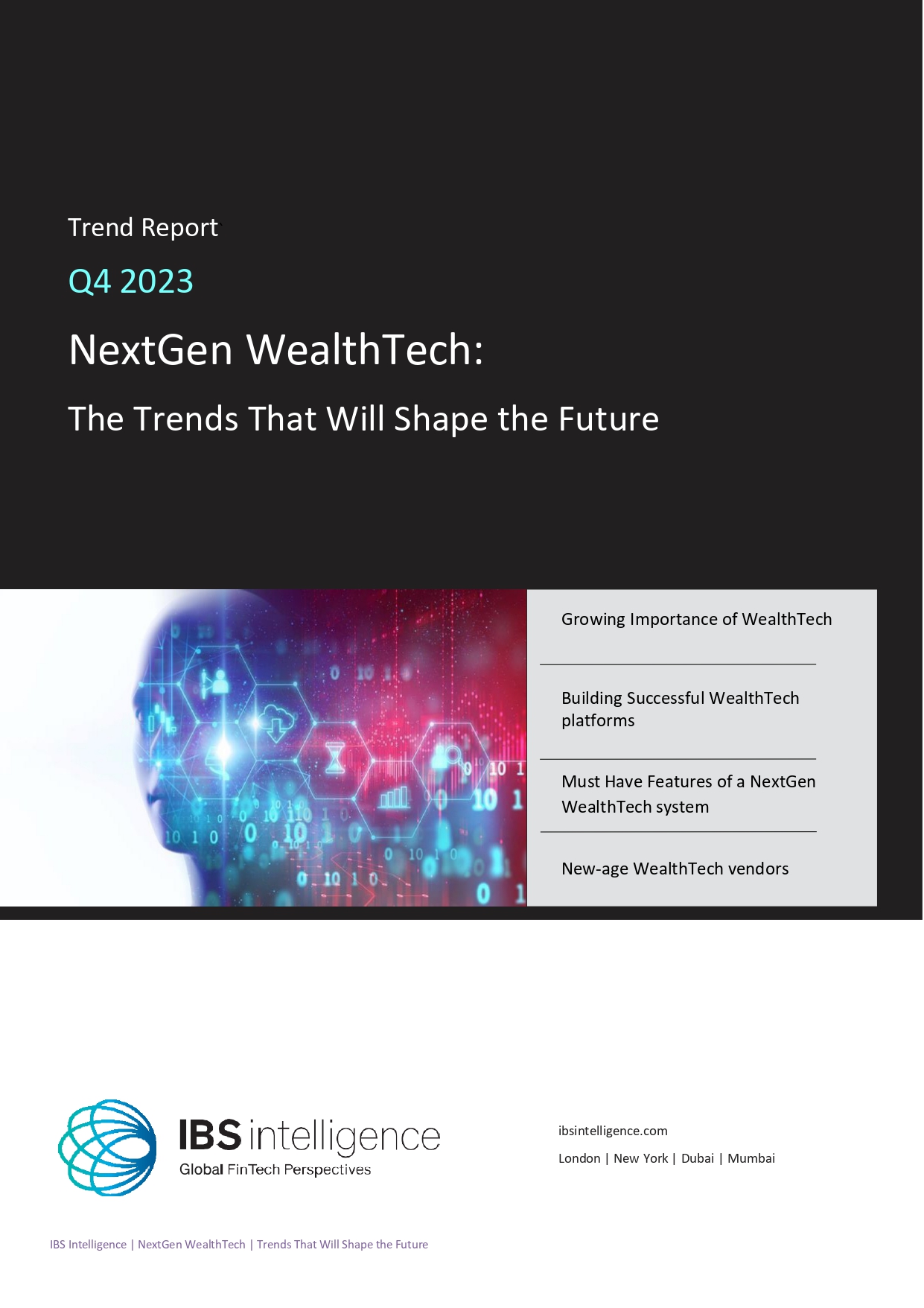
NextGen WealthTech: The Trends To Shape The Future Q4 2023
Know More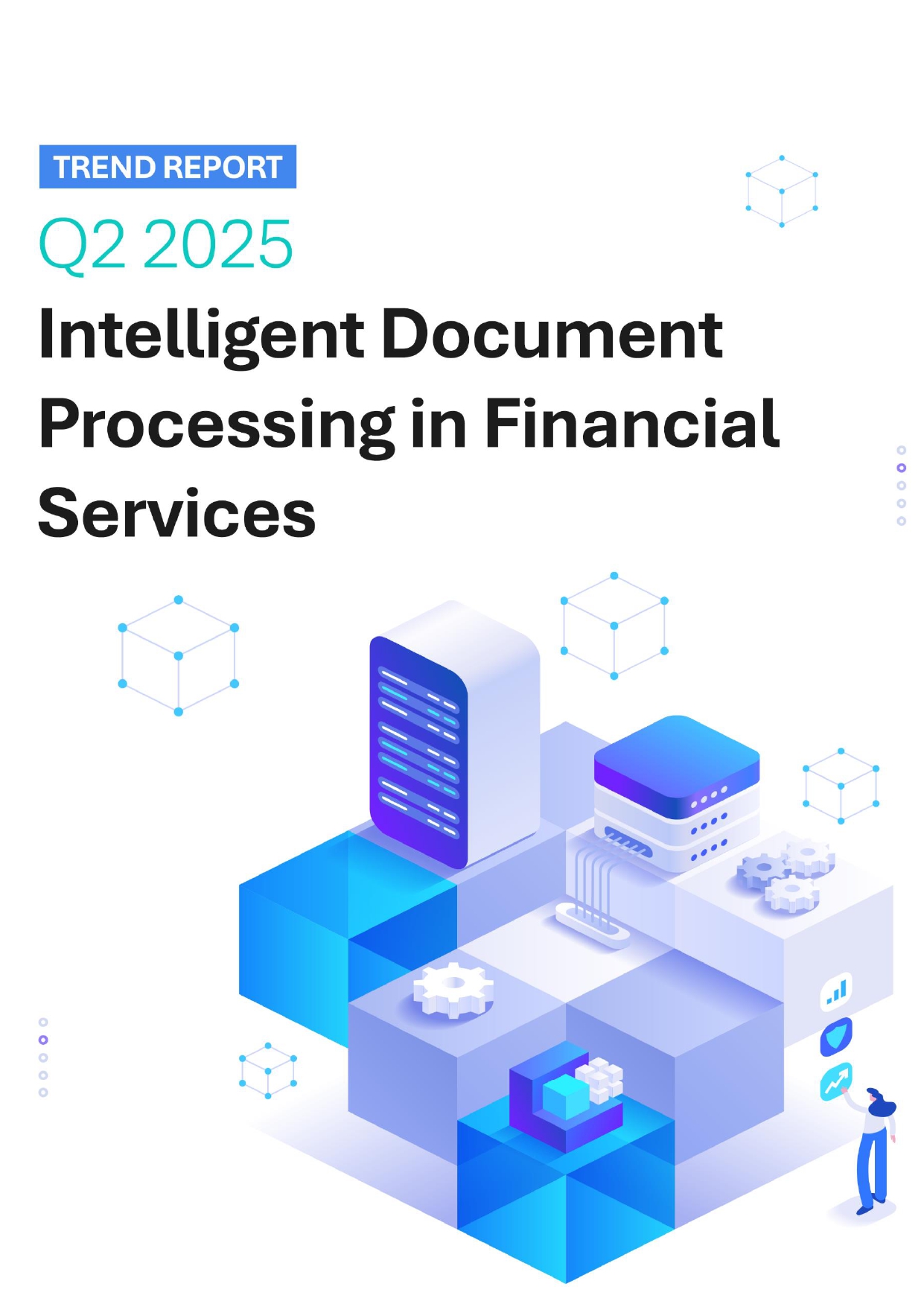
Intelligent Document Processing in Financial Services Q2 2025
Know More